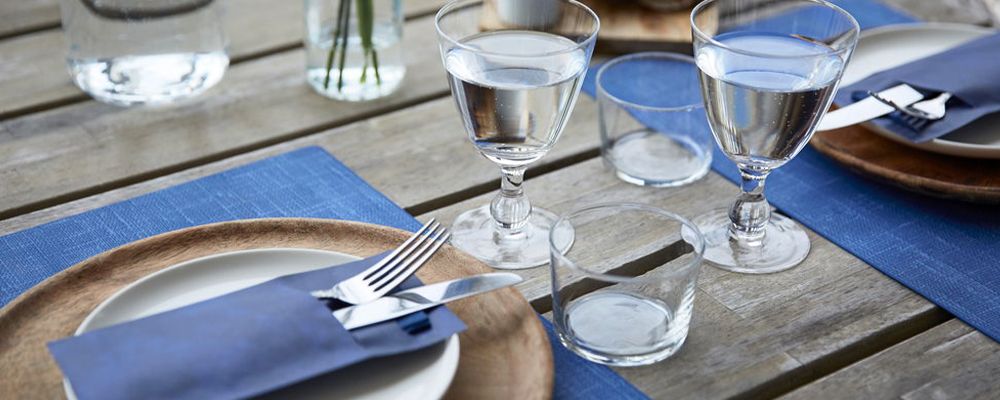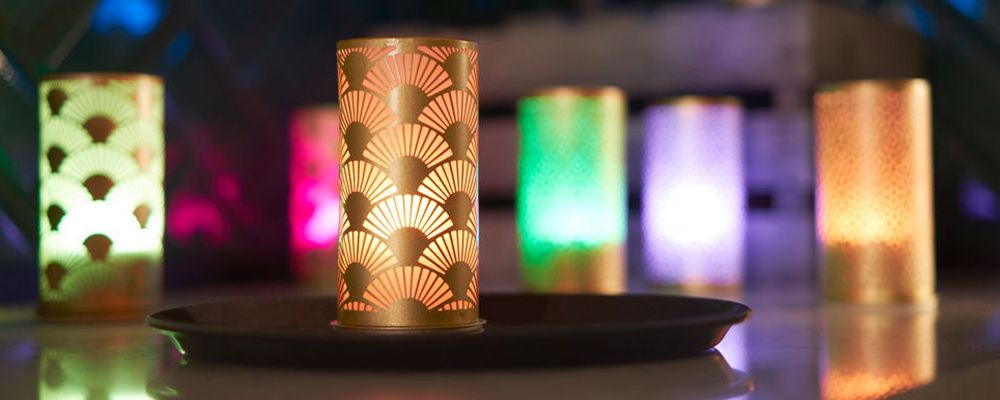
Blog post -
Your Outdoor Dining Checklist
Restaurants that offer outdoor dining have a distinct advantages over those that do not, as they provide customers with a unique and enjoyable dining experience, whilst maximising their seating capacity and thus improving their table turnover. With the British weather slowly warming up as we move into May, it’s time to consider how you can use or reuse your outdoor dining space to provide an unforgettable #goodfoodmood experience for your customers.

Here are several factors to consider when deciding to make the move from indoors to outdoors.
Weather conditions
One of the most important factors to consider when deciding to offer outdoor dining to your customers is the weather. Restaurants and hotels should be wary of the local climate and ensure that they have the appropriate seating arrangements to maintain their guests’ comfort. This can include umbrellas for shade, heaters for warmth and citronella candles to keep the pesky bugs at bay. On top of this, all hospitality businesses should have a contingency plan for inclement weather which, is often the case with our unpredictable British summers. This plan could be as simple as having the space to move customers indoors, or offering delivery if your customer chooses to stay home.
Seating arrangements
You need to carefully consider your seating arrangements to keep your guests comfortable. The seating arrangements you choose should be led by the nature of your business, for example, a street café with relatively affordable and casual food and drink offering, can get away with small tables and chairs because it’s unlikely that guests will stay long. For more formal establishments such as hotels and full-service restaurants where guests are expected to consume a meal, you need to provide more comfortable chairs and a range of different seating options including tables for two, four, and larger groups. You also need to ensure that you’re providing your customers with adequate space so that your customers can have privacy and not be disturbed by other diners.
Menu
As with what’s typical for summer months, customers will naturally opt for lighter meals and avoid anything that feels ‘heavy’ such as traditional comfort food pies, stews, and casseroles. Your menu should reflect this natural change and be replicated for your outdoor diners so they can enjoy lighter meals in the sunshine. Consider adding seasonal dishes such as fruit salads and expand your ice-cream range. Colder food will be popular when the weather is warmer.
Lighting
As with your indoor areas, lighting can have a significant impact on the dining experience of your guests. Too dark and they will struggle to see the menu, too bright and you lose the cosy and relaxing ambience you’re trying to achieve. Position soft lighting on your restaurant tables and provide a more brightly lit area for people coming and going in and out of the restaurant as this will help people navigate. Consider using energy-efficient lighting rather than traditional candles for improved health and safety. These can often be controlled by a remote so, you can easily increase and decrease the brightness until you find the perfect fit.
